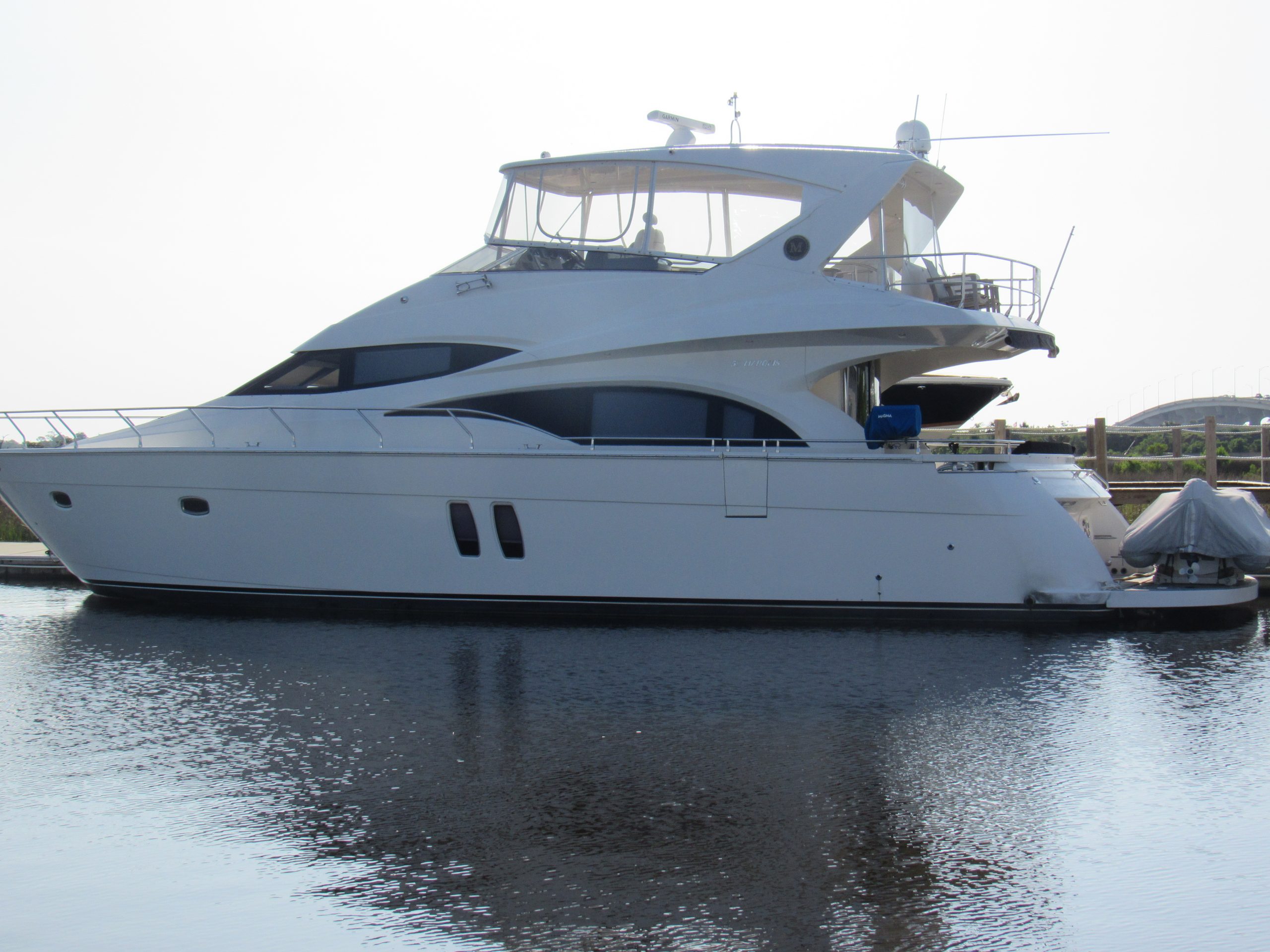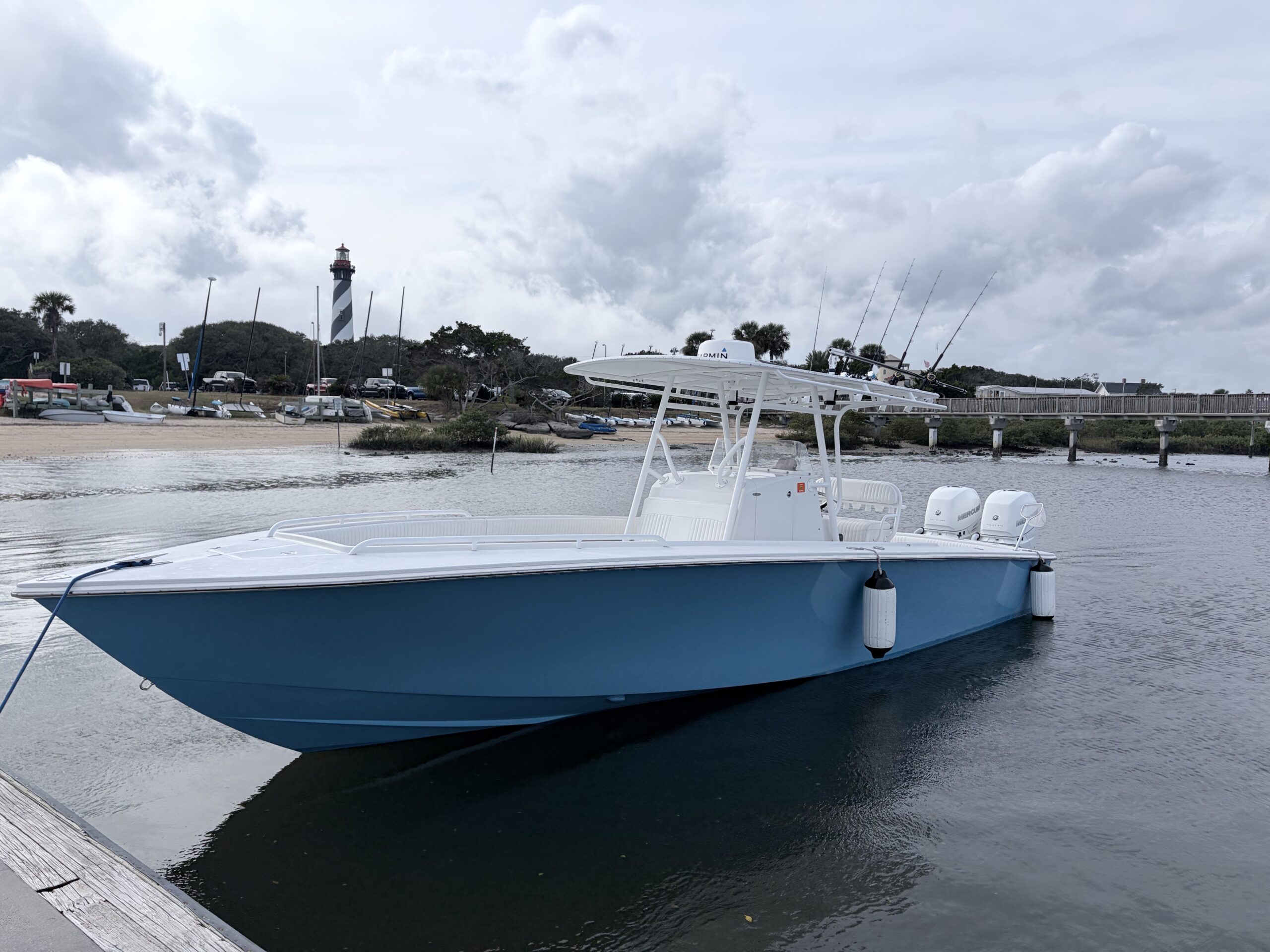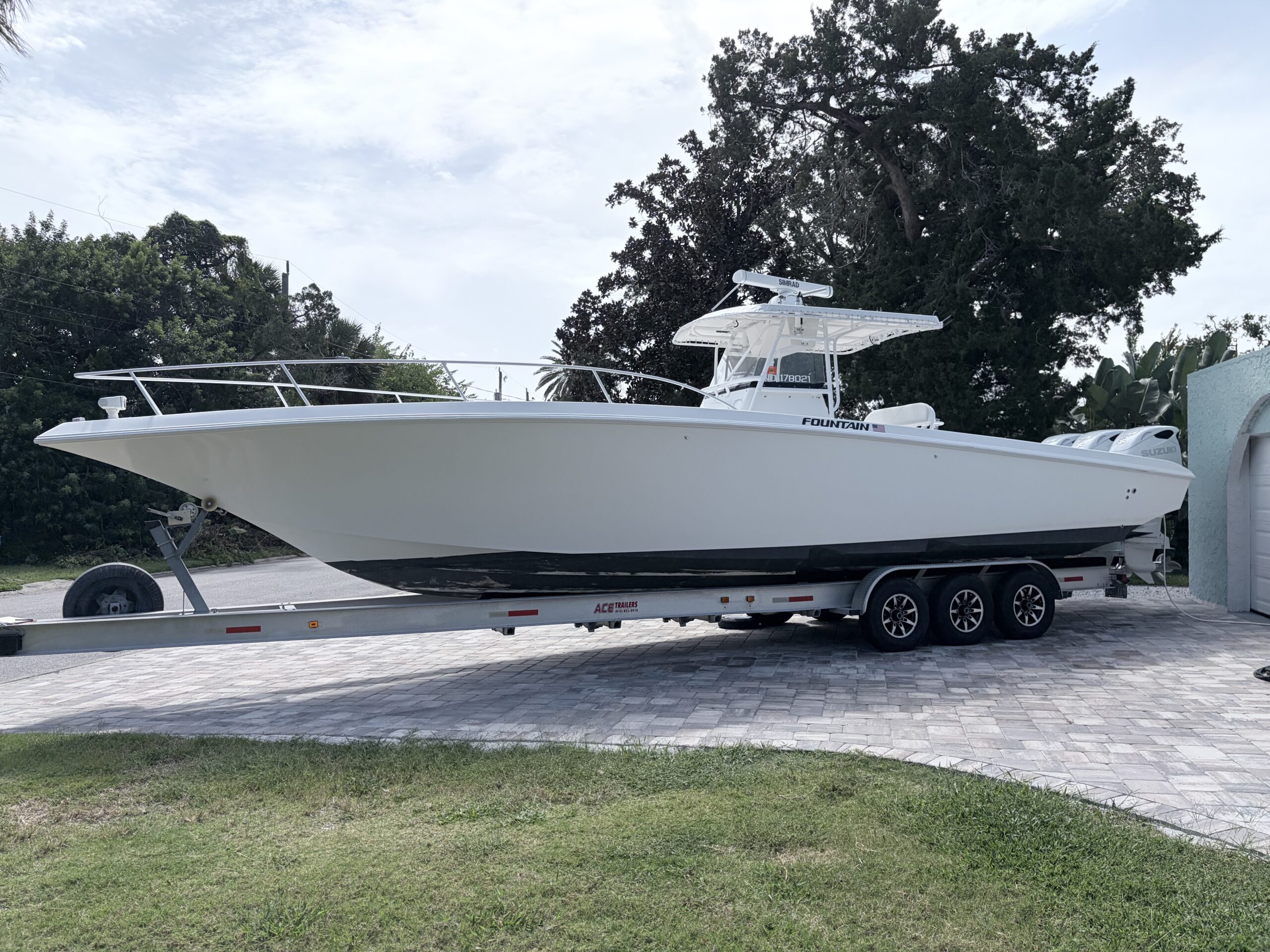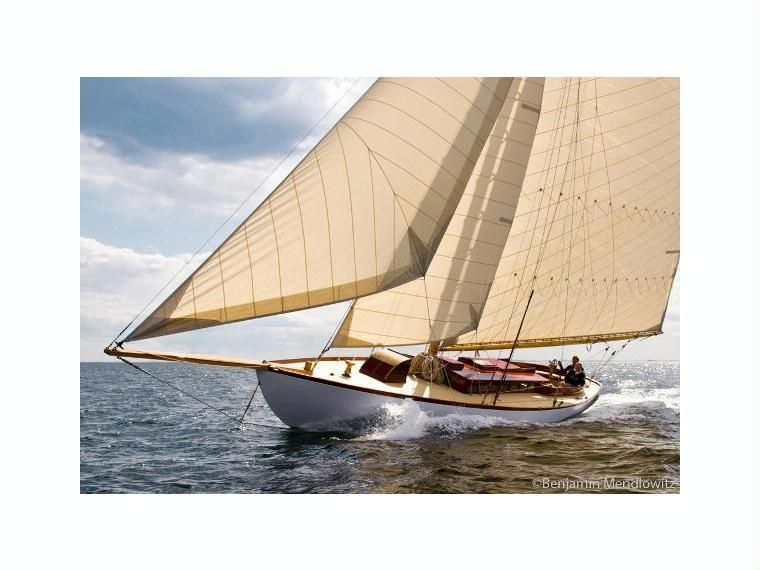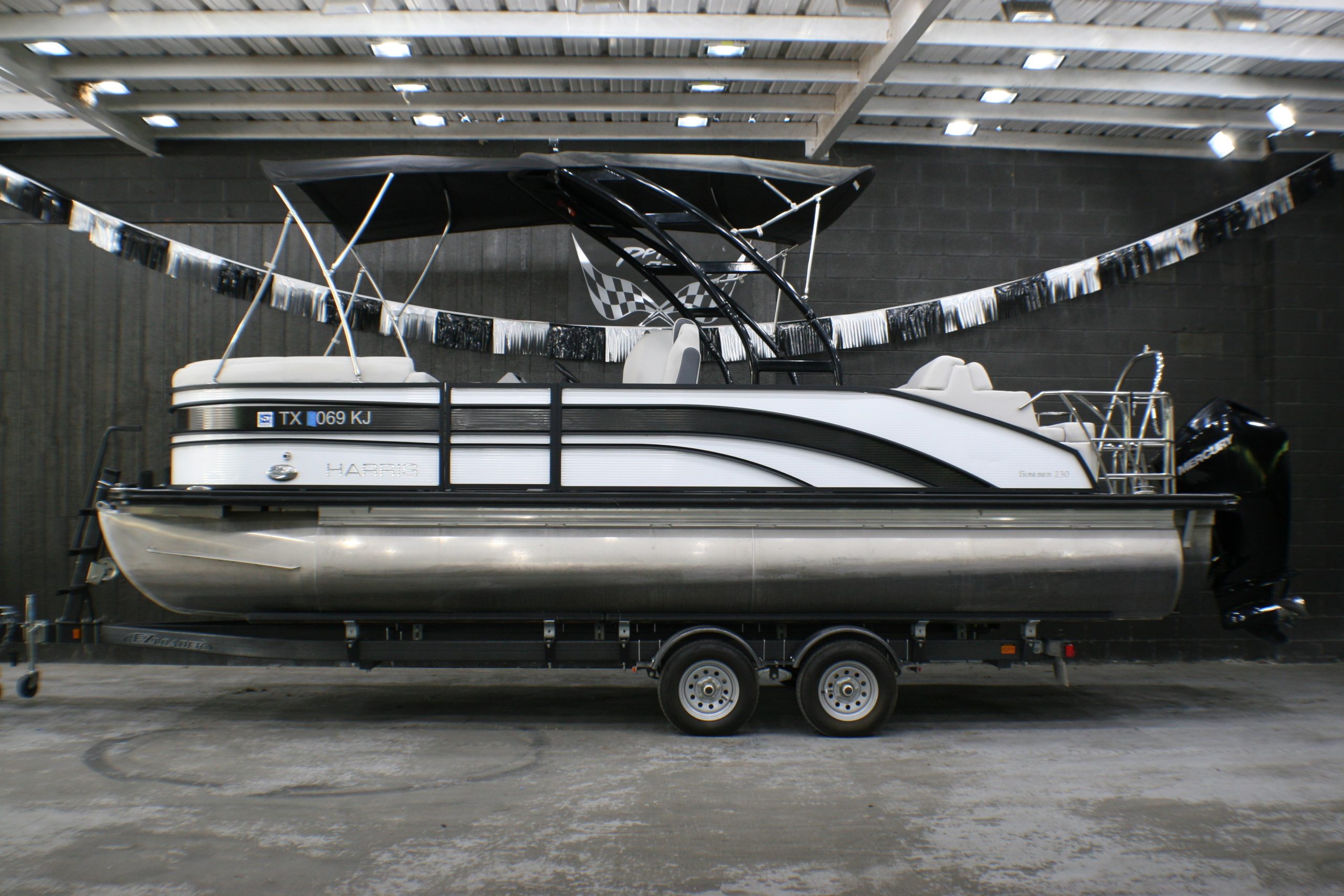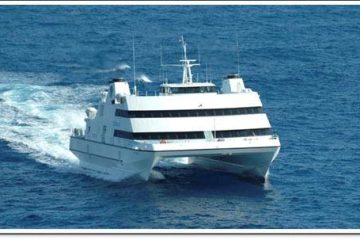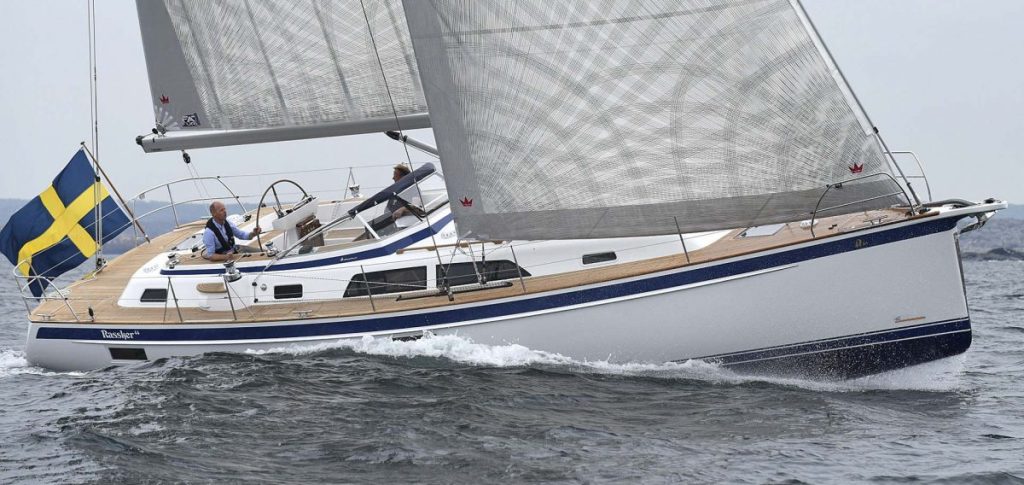
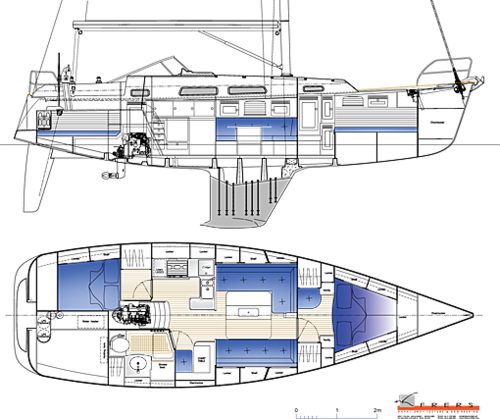


Hallberg-Rassy 372
Description
Hallberg-Rassy 372
A CHESAPEAKE BAY TEST SAIL REVEALS A BOAT THAT’S SET TO HEAD TO SEA.
Hallberg-Rassy
For five decades, Swedish builder Hallberg-Rassy signature blue topside stripe has been found from the northern nooks of the Atlantic to the lazy lagoons of the Pacific. Few marine manufacturers have achieved the company longevity, reputation, or output. It market strategy has been simple: Deliver consistent quality coupled with conservative design.
Thus, the R in the logo has always stood for Rassy, not racy. But in the new HR 372, I detect a nascent leaning toward the performance side of recreational sailing. This is reflected in the aft-cockpit configuration, the large wheel, the full-width mainsail traveler, and the fractional rig.
That isnt to say that the new HR 372 breaks entirely from tradition. The boat is still unquestionably bluewater capable in that it offers robust construction, sizeable tankage, ample power, and long-haul stowage. The liveaboard interior still reflects the finest in Nordic design and workmanship.
However, designer Germ¡n Frers decided not simply to modify the deck configuration of the center-cockpit sister ship, the HR 37; instead, he went back to the drawing board for a fresh approach. The end result exemplifies the subtle complexities of yacht design, for the two models weigh in with exactly the same displacement of 16,500 pounds. The 372 measures a scant inch more in length and only 2 more in beam. But the bow is sharper, the mid and aft sections flatter, and the transom fuller. This translates into a quicker, more responsive vessel with a decidedly sporty feel. The three-spreader fractional Seld©n rig carries a generous 788 square feet of sail, rating a respectable SA/D of 17.6.
We had perfect test conditions for an offshore boat: a stiff 12 to 14 knots of wind over a 3-foot Chesapeake Bay chop. This gave us a real-world feel for how the boat tracks, how stiff it is, how easily it sailed shorthanded, and how the deck ergonomics and layout work.
The fine entry, freeboard, and bulwarks keep this a dry boat. The 372 stood up well to its canvas due to the combination of a notable 6,400 pounds of ballast carried in its 5-foot-7-inch shoal-draft keel. (A 6-foot-7-inch fin keel is also available.) We tacked smoothly through respectably tight angles holding a steady 7.1 knots. The helm was positive on a heel, and the vessel tracked well with no crankiness.
I feel that wed have found more speed off the wind with the standard sail plan, but this particular boat had an optional self-tacking headsail. While it was certainly easy to handle, I think that the J measurement is too small to accommodate a nonoverlapping sail. Also, this configuration better suits a flush deck forward, as the raised track obstructed the deck flow and detracted from the boat otherwise elegant looks.
The T-shaped, aft-entry cockpit is divided by the full-width traveler, which runs athwart the cockpit seats just forward of the steering pedestal. This arrangement, coupled with end-boom sheeting, precludes a permanent cockpit table, but a light table with a mounting bracket lays stowed in the port cockpit locker. The decks, cockpit seats, and sole are covered with teak strips laid in silicone rubber. This is an attractive and efficient way to put nonskid on all walking and working areas.
The windshield, to which a folding dodger can be neatly attached, is so attractive and practical that it a wonder it isnt standard equipment on all cruising yachts. Another signature feature of the HR is the pair of large varnished surfaces to either side of the companionway and protected by the windshield. These act as chart tables or, because of their fiddles, as stowage trays.
The jib sheet runs to a winch on the cockpit coaming, readily at hand to the helmsman. The mainsheet, as with all the other running rigging, runs under a sea hood (or deck liner) to another set of winches just forward. This adds to the clean look and creates more usable deck space.
I did have some issues with the cockpit ergonomics. For example, the cockpit was aft entry only because there were no side gates, though if an owner wants them, the builder says theyre available. Yet the traveler spans coaming to coaming atop the side benches, obstructing the access forward. The LPG locker is located on the narrow swim platform aft. That wet environment aside, changing bottles while under way may prove a challenge.
Forward, the jib furling drum is mounted below the foredeck, giving the bow a clean, uncluttered look. The single, substantial anchor roller is offset to starboard. A large deck locker houses the anchor windlass and rode/chain.
Hallberg-Rassy
The interior is simply stunning. The light mahogany cabinetry is finished in a soft matte varnish, offset with white ceiling panels. It roomy and flushed with natural light due to multiple hatches and deadlights. The joinery is superb, with all corners rounded for style and safety. The generous stowage lockers are all well ventilated via attractive louvering in the cabinet fronts.
The twin-cabin/single-head configuration is a practical use of space on a vessel of this size. An aft double cabin is offset to port. The sumptuous forward cabin has enormous stowage, hanging lockers, and a spacious V-berth. The head/shower to starboard near the entry is clean, bright, and practical.
The galley, enclosed for safety, is made for use at sea. It locates twin stainless-steel sinks, a gimbaled, stainless-steel two-burner stove, and high-capacity refrigeration among ample counter space and cleverly designed stowage spaces.
The main saloon is traditional, with a centerline table that opens to an L-shaped bench to port and a straight settee set to starboard. A full and actually usable navigation station is positioned just aft of that.
Of course, a vessel of this quality represents a serious investment in these challenging economic times. I believe that both the company and its customers would be well served by an offer of something more substantial than a one-year warranty.
In summary, aside from the ergonomic issues that I mentioned above, I found that the 372 hull design, rig, construction materials and techniques, hardware, and overall fit and finish are superb. The boat is safe, strong, well powered, and well equipped. Aboard the HR 372, with the slip of a dock line, all the waters of the world are yours.
Hallberg-Rassy
+46 (0) 304-54-800
hallberg-rassy.com
France
LJB Marine
Galerie Marchande des Minimes
46 Avenue du Lazaret
FR-17000 La Rochelle
France
Tel : + 33 (0)5 46 52 19 52
Mobile + 33 (0)6 22 88 13 80
[email protected]
www.ljb-marine.fr
LJB MARINE
• Après plus de 21 ans passés au service de la distribution des plus grandes marques du nautisme, j’ai decidé de créer LJB MARINE en 2006. Conseil et service sont les deux mots clefs de l’équipe technique de LJB MARINE.
• Au fil des années nous sous sommes spécialisés dans la préparation et l’équipement de vos voiliers de voyage et chaque année nous livrons entre autre six à huit bateaux qui larguent les amarres pour un tour du monde.
• Mais nous sommes également là pour l’entretien, l’équipement et le suivi de vos bateaux.
Map
Featured Listings
More from Boat Listings
You may also like...
Popular Boat Brands
- Albin
- Azimut
- Bayliner
- Beneteau
- Bertram
- Boston Whaler
- C&C
- Cape Dory
- Carver
- Catalina
- Cheoy Lee
- Chris Craft
- Contender
- Formula
- Grady-White
- Grand Banks
- Gulfstar
- Hatteras
- Hinckley
- Hunter
- J/Boats
- Jeanneau
- Lagoon
- Luhrs
- Mainship
- Morgan
- Nordhavn
- Ocean Alexander
- Pearson
- Pursuit
- Regal
- Sabre
- Sea Ray
- Silverton
- Sunseeker
- Tartan
- Tiara
- Viking
- Wellcraft
BoatNation.com is a member of the following associations:
- International Marine Association ®
- Marine Industries Association of South FL
- International Yacht Brokers Association

